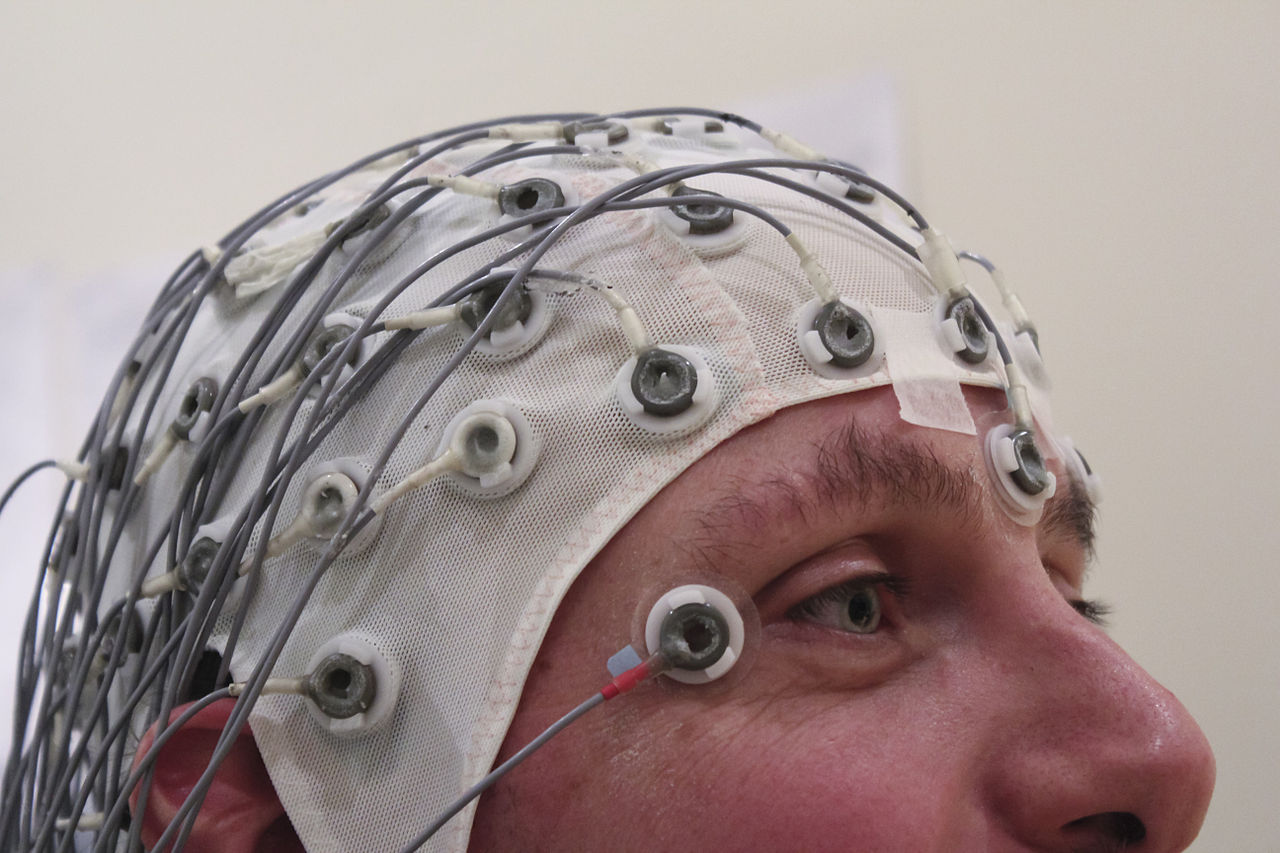The truth about antimatter: Experiment confirms it is BOTH a particle and a wave
01/29/2020 / By Michael Alexander

Antimatter – defined by modern physics as sub-atomic particles that have properties opposite normal sub-atomic particles – has recently been confirmed as both a particle and a wave.
In a study published in the journal Scientific Advances, a team of physicists from Italian and Swiss institutions, said they made the discovery after subjecting positrons, or positively charged antimatter particles, with the exact same mass as negatively charged electrons, to a version of the historic double-slit or the Young-Feynman experiment.
Conducted in 1927, the double-slit experiment showed that electrons are both particles and waves.
In the 1927 experiment, scientists Clinton Davisson and Lester Germer fired a stream of electrons through a sheet with two slits on it, with a detector on the other side. According to the experiment’s abstract, if the electrons had been only particles, they would have formed a pattern of two bright lines on the detector. But instead, they acted like waves and diffracted, thereby forming a spread-out pattern of alternating bright and dim lines.
The same thing happened in the antimatter version of the experiment.
During the experiment, the team, led by Simone Sala of the University of Milan, fired a focused beam at a rate of approximately 5,000 positrons per second through two gold-coated silicon nitride gratings, each with a different distance between the slits. According to the researchers, the positrons that survived the trip hit a detector – a 50-micrometer-thick gelatin full of silver bromide crystals, which served as a three-dimensional photographic film – where they formed an interference pattern normally expected from waves and not individual particles.
Paola Scampoli, a physicist at the Politecnico di Milano and co-author of the paper, said that the results of their study prove the positron’s quantum-mechanical origin, thus explaining the antiparticle’s wave nature.
The researchers are hopeful that the results of their study will open the door to new kinds of interferometry experiments. They are planning to perform gravity measurements with more exotic matter, such as positronium and antihydrogen, and use those results to eventually probe the nature of gravity at very small scales.
What is antimatter?
The concept of antimatter was first predicted by theoretical physicist Paul Dirac in 1928, who posited in papers the possible existence of a particle with the same mass as an electron but with the opposite, positive charge. This was confirmed in 1930 by Carl Anderson, who, while observing particle trails in a cloud chamber, found the positron.
In 1933, Dirac followed this up with a theory regarding the existence of the “antiproton” – a particle that, in 1955, would be discovered by Emilio Segrè and Owen Chamberlain at the University of California, Berkeley.
Aside from the positron and the antiproton, other forms of antimatter include:
- Antineutrons
- Antinuclei
- Antihydrogen atoms
- Antihelium atoms
Despite these discoveries however, experiments on antimatter have been rare, as it only exists in minute quantities on Earth, mostly in the form of cosmic rays, or as byproducts of certain kinds of radioactive decay and even thunderstorms. Efforts to create antimatter in laboratories have also only yielded minute amounts, with facilities such as Fermilab’s Tevatron particle accelerator in the US and the European Organization for Nuclear Research (CERN) and the Deutsches Elektronen-Synchrotron in Germany only producing an estimated 18 nanograms of antimatter in total.
Their rarity notwithstanding, antimatter particles are now being used in medicine, such as the case with positrons, which are used in Positron-Emission Tomography (PET), a nuclear medicine functional imaging technique used to observe metabolic processes in the body as an aid to the diagnosis of disease. (Related: Over 100 stars VANISH from the sky, providing yet more evidence of alien civilizations harvesting STARS to generate antimatter fuel that can power FTL drives.)
More exotic uses of antimatter, as popularized by science fiction, pop culture and speculative science, include power generation, antimatter-based weaponry and antimatter-based propulsion for interplanetary travel.
Sources include:
Tagged Under: antimatter, antiproton, breakthrough, cosmic, discoveries, future science, partivles, physics, positrons, radiation, reseach, science and technology
RECENT NEWS & ARTICLES
COPYRIGHT © 2017 WEAPONSTECHNOLOGY.NEWS

















